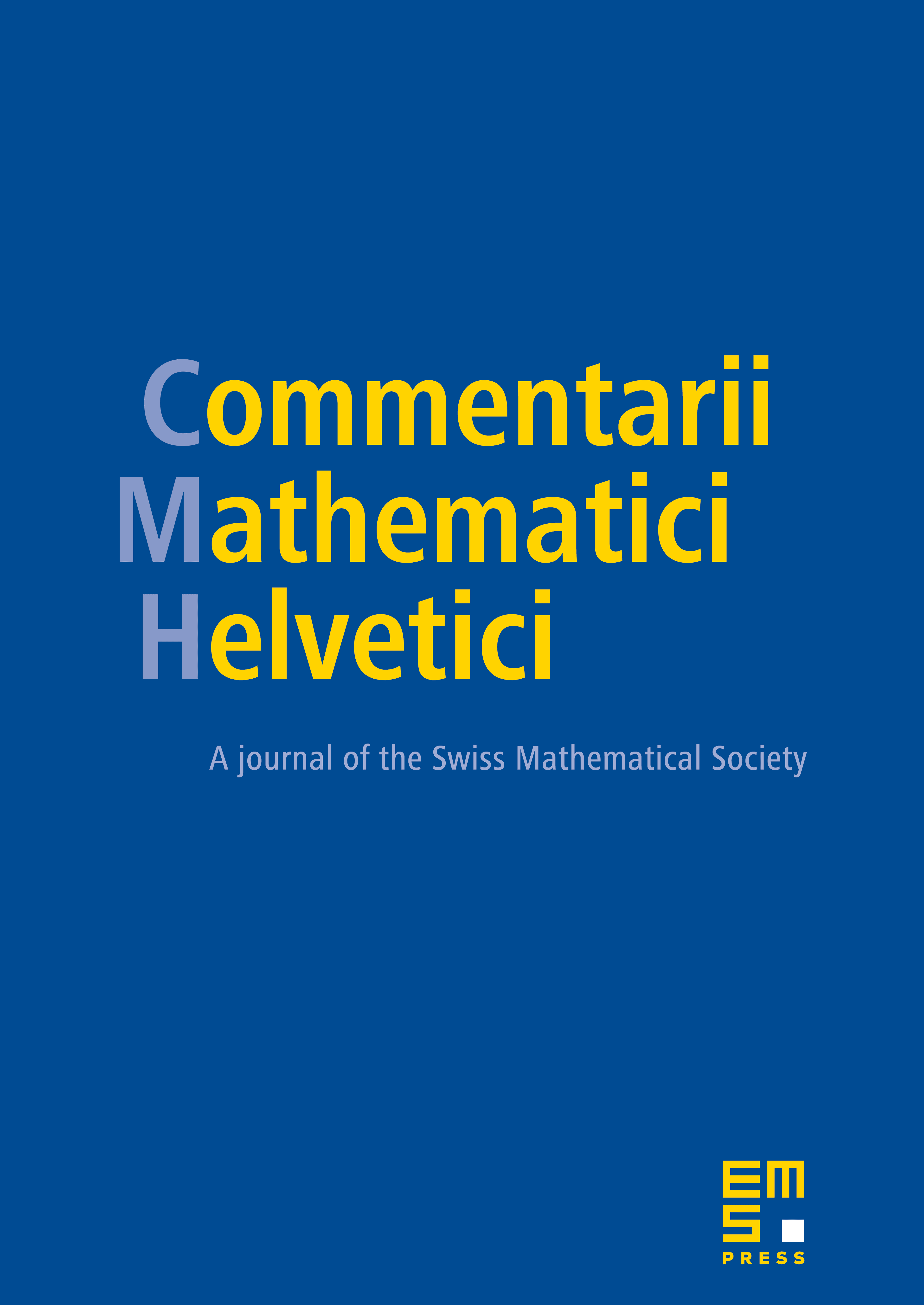Monodromy in Hamiltonian Floer theory
Dusa McDuff
Columbia University, New York, USA

Abstract
Schwarz showed that when a closed symplectic manifold (M,ω) is symplectically aspherical (i.e. the symplectic form and the first Chern class vanish on π2(M)) then the spectral invariants, which are initially defined on the universal cover of the Hamiltonian group, descend to the Hamiltonian group Ham(M,ω). In this note we describe less stringent conditions on the Chern class and quantum homology of M under which the (asymptotic) spectral invariants descend to Ham(M,ω). For example, they descend if the quantum multiplication of M is undeformed and H2(M) has rank > 1, or if the minimal Chern number is at least n + 1 (where dim M = 2n) and the even cohomology of M is generated by divisors. The proofs are based on certain calculations of genus zero Gromov–Witten invariants. As an application, we show that the Hamiltonian group of the one point blow up of T4 admits a Calabi quasimorphism. Moreover, whenever the (asymptotic) spectral invariants descend it is easy to see that Ham(M,ω) has infinite diameter in the Hofer norm. Hence our results establish the infinite diameter of Ham in many new cases. We also show that the area pseudonorm – a geometric version of the Hofer norm – is nontrivial on the (compactly supported) Hamiltonian group for all noncompact manifolds as well as for a large class of closed manifolds.
Cite this article
Dusa McDuff, Monodromy in Hamiltonian Floer theory. Comment. Math. Helv. 85 (2010), no. 1, pp. 95–133
DOI 10.4171/CMH/189